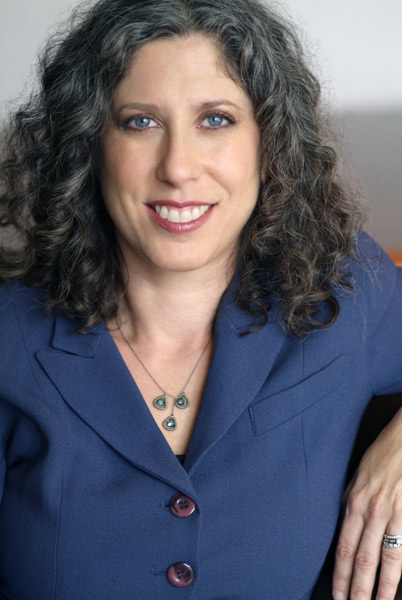 by Brooke Lieb
by Brooke Lieb
Training teachers is a different contract than work with private students.
My private students are the ones who set the pace and depth of how they work with their own habits. I explore whatever activities or concepts are most useful, relevant and meaningful to them. I have no timeframe for their progress, and no agenda about their level of understanding or interest in the work. As a teacher, I need the scope of understanding to meet my students where they are, and to give them the skills of Alexander’s work to use as they choose. They, on the other hand, are there for themselves and their own needs. I notice things going on in their behavior, use and function that they may be unaware of. I take my lead from them to determine when and how I might share those observations with the student. Learning this skill is something I hope to impart to a teacher-in-training.
On the training course, I expect and demand a much higher level of rigor and commitment from teachers-in-training. They are no longer focusing exclusively on themselves and their needs and interests. I am assessing their skills against a standard and there are specific developmental benchmarks for them to meet to progress to the next level. I strive to be clear and able to articulate in every moment what I am doing, why and how so I can transfer that knowledge in a way that will be accessible for teachers-in-training when they are the ones teaching.
When I teach a private student, I have an awareness of myself, my student and the interplay between us. My private students don’t need to observe or understand my role in their learning, but the teachers-in-training need to understand the "means where-by" of teaching. They are using the skills they learned when studying privately and applying them to the task of teaching. On the training course I teach teachers-in-training pedagogical skills that are not specific to the Alexander Technique. A teacher-in-training needs a clear understanding of how and why touch is used to teach, whether touch is ultimately used in a given class or lesson. I also need an understanding of group dynamics, and how to support individual needs balanced with the needs of the group.
[author] [author_image timthumb='on']http://www.acatnyc.org/main/wp-content/uploads/2014/01/Brooke1web.jpg[/author_image] [author_info]N. BROOKE LIEB, Director of Teacher Certification since 2008, received her certification from ACAT in 1989, joined the faculty in 1992. Brooke has presented to 100s of people at numerous conferences, has taught at C. W. Post College, St. Rose College, Kutztown University, Pace University, The Actors Institute, The National Theatre Conservatory at the Denver Center for the Performing Arts, Dennison University, and Wagner College; and has made presentations for the Hospital for Special Surgery, the Scoliosis Foundation, and the Arthritis Foundation; Mercy College and Touro College, Departments of Physical Therapy; and Northern Westchester Hospital. Brooke maintains a teaching practice in NYC, specializing in working with people dealing with pain, back injuries and scoliosis; and performing artists. www.brookelieb.com[/author_info] [/author]

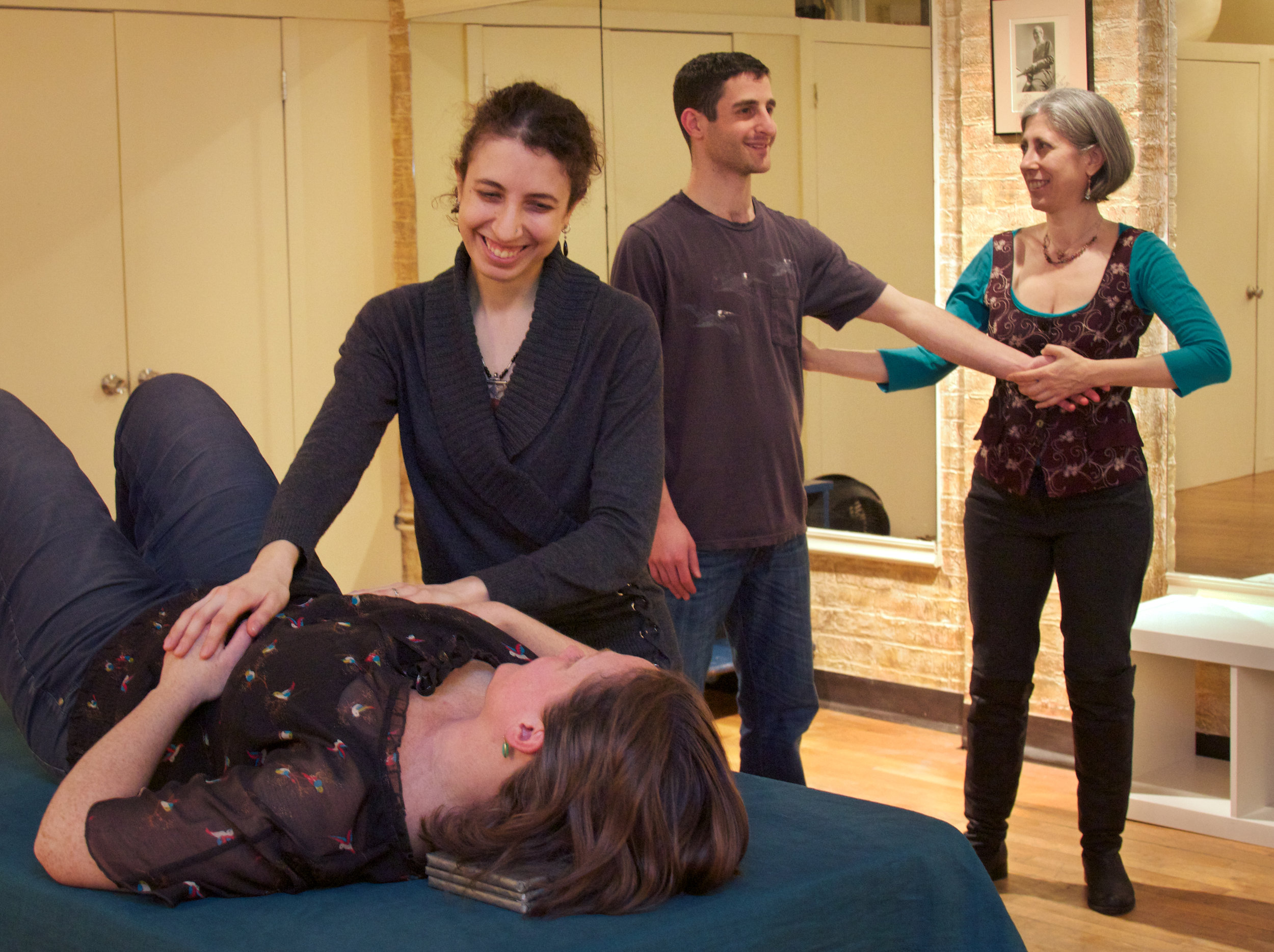 by Karen Krueger
In
by Karen Krueger
In  by Marta Curbelo
I always loved movement and dance. I became a “star” in my brand new elementary school when I danced in front of my father’s Latin band at a school assembly. As a stay-at-home mom, I missed dance. When Nicole was eight, I decided to get active again: I joined The Nickolaus Technique exercise classes. After a few years of taking classes, I became an instructor and gave classes. One of the franchise owners was training at ACAT and asked me to volunteer as his student. At the time, I was about to buy a Nickolaus franchise. After volunteering at ACAT and experiencing a lightness I had never before felt, I started The Alexander Technique lessons with Sarnie Ogus and my life changed. Forget about the Nickolaus franchise, this was for me. My then-husband was going to be assigned to London and I knew I could find a home in England with The Alexander Technique. We never made it to London, but I have been able to teach The Alexander Technique wherever I found myself: New York City, Stamford CT or Santa Fe NM; even being invited to give annual workshops in Italy and Switzerland over a six-year period.
by Marta Curbelo
I always loved movement and dance. I became a “star” in my brand new elementary school when I danced in front of my father’s Latin band at a school assembly. As a stay-at-home mom, I missed dance. When Nicole was eight, I decided to get active again: I joined The Nickolaus Technique exercise classes. After a few years of taking classes, I became an instructor and gave classes. One of the franchise owners was training at ACAT and asked me to volunteer as his student. At the time, I was about to buy a Nickolaus franchise. After volunteering at ACAT and experiencing a lightness I had never before felt, I started The Alexander Technique lessons with Sarnie Ogus and my life changed. Forget about the Nickolaus franchise, this was for me. My then-husband was going to be assigned to London and I knew I could find a home in England with The Alexander Technique. We never made it to London, but I have been able to teach The Alexander Technique wherever I found myself: New York City, Stamford CT or Santa Fe NM; even being invited to give annual workshops in Italy and Switzerland over a six-year period.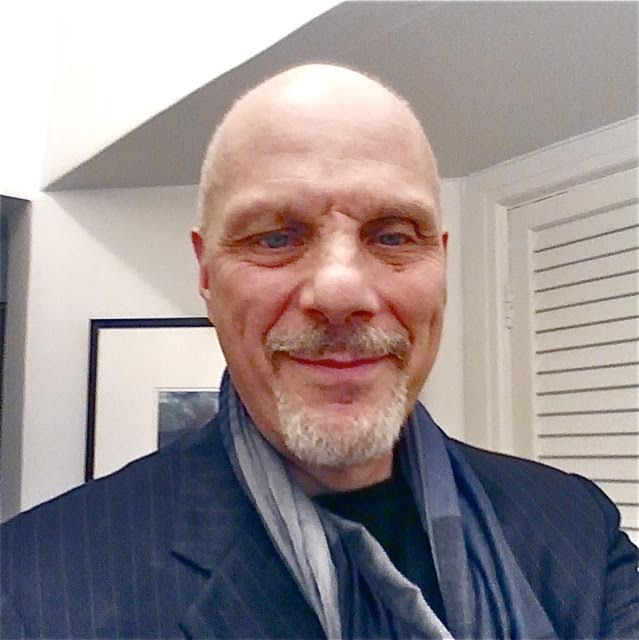 by Daniel Singer
As a young man in my 20’s and well out of college, I was continuing with the spiritual search I had consciously begun at age 15. So as it happened, I found myself living in upstate New York on a rural farm, with a serious group of spiritual seekers. We were studying, in a practical way, the ideas of Gurdjieff. This farm/craft guild was an extraordinarily impactful learning environment, centered around traditional arts like pottery, weaving, woodworking, printing, farming, home-crafts, etc. We were studying the ideas of Gurdjieff; and working at traditional crafts was part of a means we used for self-study. I myself became a glassblower artisan there, and made this community my home for 6 years.
by Daniel Singer
As a young man in my 20’s and well out of college, I was continuing with the spiritual search I had consciously begun at age 15. So as it happened, I found myself living in upstate New York on a rural farm, with a serious group of spiritual seekers. We were studying, in a practical way, the ideas of Gurdjieff. This farm/craft guild was an extraordinarily impactful learning environment, centered around traditional arts like pottery, weaving, woodworking, printing, farming, home-crafts, etc. We were studying the ideas of Gurdjieff; and working at traditional crafts was part of a means we used for self-study. I myself became a glassblower artisan there, and made this community my home for 6 years.
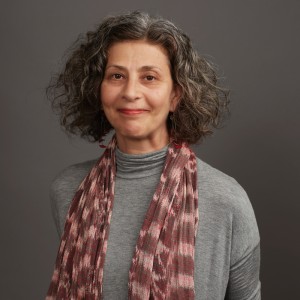 by Kim Jessor
It was 1977. I had recently graduated from college, and had come to New York to be a dancer. I was living in Soho, taking dance classes, rehearsing and performing in lofts, and living the downtown New York arty life I had dreamed of. But then my knees began to give me trouble. Like F. M. Alexander, the medical world had no answers for me, nothing showed up on an x-ray, rest was advised. I was desperate; the life I had envisioned, the great joy dancing brought me and how much my young identity was tied up in it, seemed to be slipping away from me. At Sarah Lawrence College I had known Missy Vineyard. I knew she had become an Alexander teacher, and I had another dancer friend with knee trouble who was studying with Missy. They were the first people to tell me of this work that would change my life. I don’t remember clearly how I found my way to Jessica Wolf for my first lesson. She was still in her final semester of training. Once I went with her for a supervisory lesson to Judy Liebowitz’s (one of ACAT’s founders) apartment!
by Kim Jessor
It was 1977. I had recently graduated from college, and had come to New York to be a dancer. I was living in Soho, taking dance classes, rehearsing and performing in lofts, and living the downtown New York arty life I had dreamed of. But then my knees began to give me trouble. Like F. M. Alexander, the medical world had no answers for me, nothing showed up on an x-ray, rest was advised. I was desperate; the life I had envisioned, the great joy dancing brought me and how much my young identity was tied up in it, seemed to be slipping away from me. At Sarah Lawrence College I had known Missy Vineyard. I knew she had become an Alexander teacher, and I had another dancer friend with knee trouble who was studying with Missy. They were the first people to tell me of this work that would change my life. I don’t remember clearly how I found my way to Jessica Wolf for my first lesson. She was still in her final semester of training. Once I went with her for a supervisory lesson to Judy Liebowitz’s (one of ACAT’s founders) apartment!

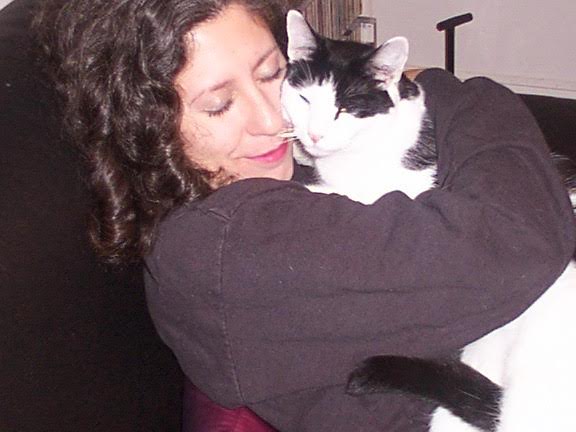 by Brooke Lieb
The Alexander Technique teaches a robust tool to recognize and address habits, including movement patterns, posture and muscle tone; and thinking and behavioral habits, as well.
by Brooke Lieb
The Alexander Technique teaches a robust tool to recognize and address habits, including movement patterns, posture and muscle tone; and thinking and behavioral habits, as well.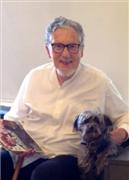 by Brooke Lieb
by Brooke Lieb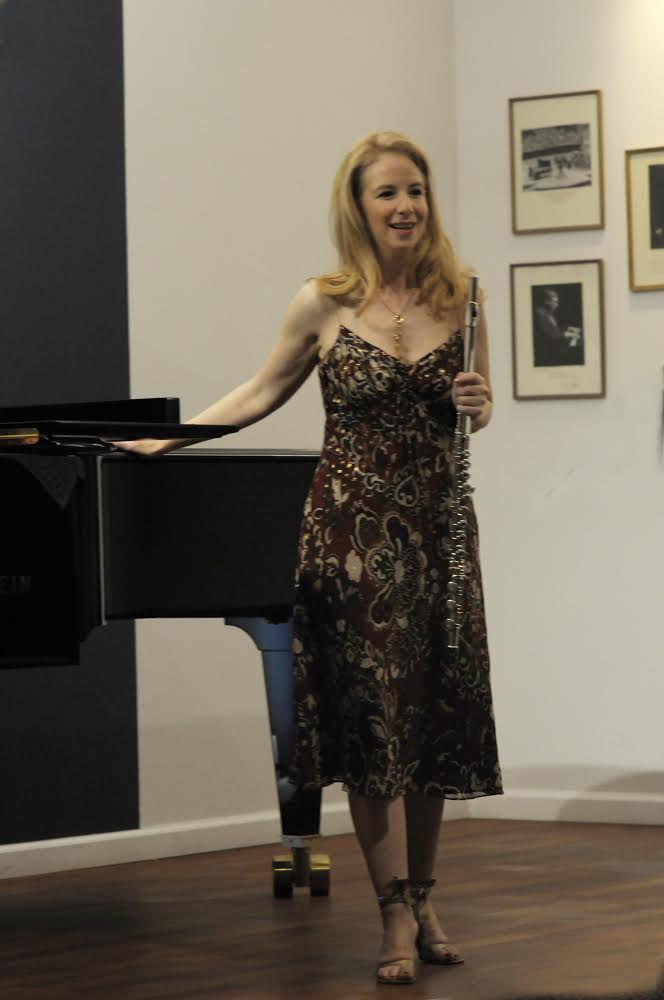 by Brooke Lieb
ACAT’s
by Brooke Lieb
ACAT’s 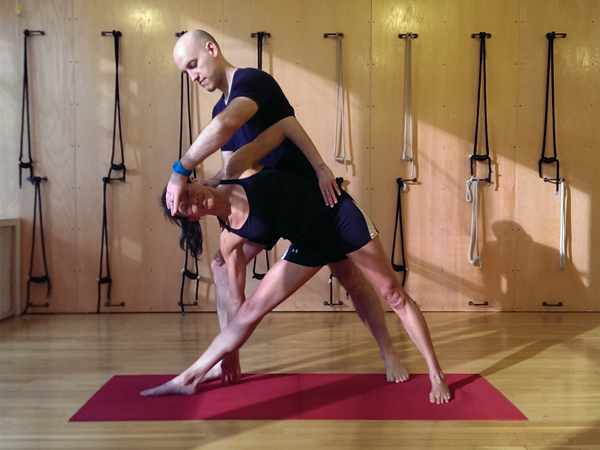 by Witold Fitz-Simon
Yoga teachers giving adjustments has become a
by Witold Fitz-Simon
Yoga teachers giving adjustments has become a 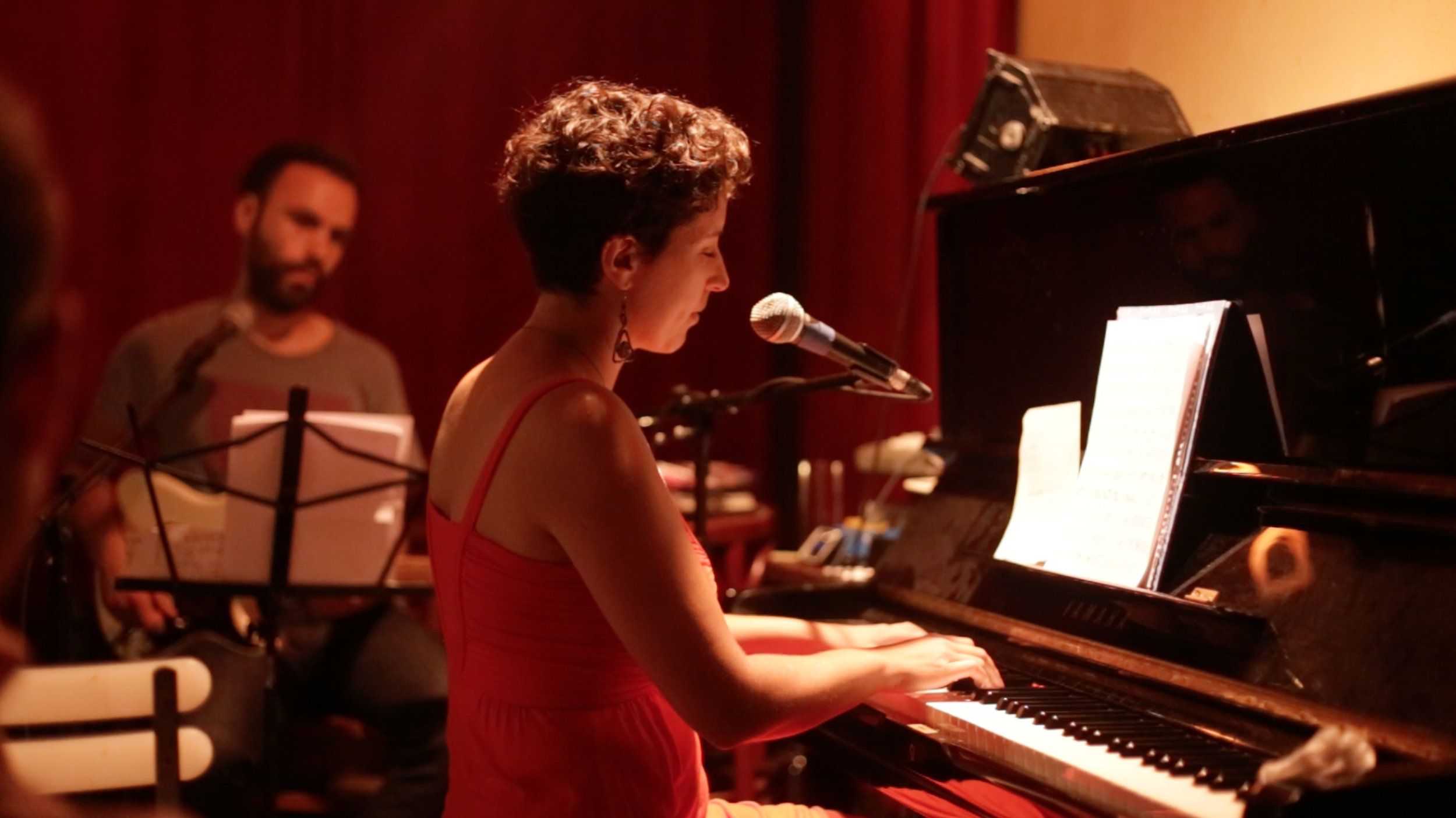 By Mariel Berger
[Many thanks to my Alexander Technique teacher, Witold Fitz-Simon, and my Alexander Technique Psychologist, Jane Dorlester]
By Mariel Berger
[Many thanks to my Alexander Technique teacher, Witold Fitz-Simon, and my Alexander Technique Psychologist, Jane Dorlester]
 by Witold Fitz-Simon
In genre fiction, movies and TV, there is a type of story known as the procedural. The classic version of this type of story is the Police Procedural, best exemplified by the TV show “Law & Order.” The crime is committed and the detective is on the case, using forensics to search out cues, canvassing the neighborhood for potential witnesses and piecing together the truth. A good police procedural can be riveting. Each clue uncovered, each witness questioned can build up to a fascinating portrait of passion, of greed, of intrigue. The Alexander Technique can make your mundane daily routine just as interesting, even without the drama!
by Witold Fitz-Simon
In genre fiction, movies and TV, there is a type of story known as the procedural. The classic version of this type of story is the Police Procedural, best exemplified by the TV show “Law & Order.” The crime is committed and the detective is on the case, using forensics to search out cues, canvassing the neighborhood for potential witnesses and piecing together the truth. A good police procedural can be riveting. Each clue uncovered, each witness questioned can build up to a fascinating portrait of passion, of greed, of intrigue. The Alexander Technique can make your mundane daily routine just as interesting, even without the drama!